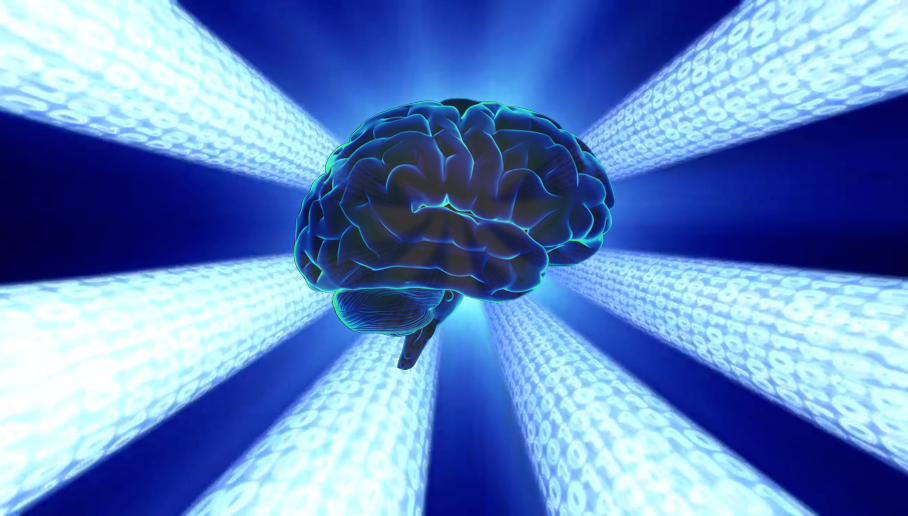
How neural architecture constrains visual cognition, or — Why I stopped believing in magical numbers
Description
The human visual system has a massively parallel architecture, and yet we can only accurately represent a handful of individual objects at once. Within the field of cognitive science, a vast literature has focused on how to characterize the capacity of visual cognition, with the most influential idea being that capacity is set to a fixed, magical number (e.g., Miller’s 7+/-2 chunks, Cowan’s 4 chunks, and the ubiquitous 4 objects in visual cognition).
Contrary to the magical number view, I will present experiments suggesting that both spatial vision and object perception are limited by the architecture of the visual system. Consequently, your capacity to attend to, keep track of, and encode information about objects in the visual field is not fixed, but depends on where and what those objects are (in ways that can be predicted from how that information is represented neurally). Combined, these studies support a model of visual cognition in which competition within visual maps places a significant bottleneck on both spatial vision and object perception. More generally, these results suggest that models of cognitive capacity must take into account the important role of neural architecture to explain the limits on attention and perception.
Speaker Bio
George Alvarez is a Professor of Psychology at Harvard University. His primary research goal is to develop cognitive models to improve our understanding of the fundamental capacities of visual cognition: How much visual information can we attend to and keep track of at once (attention)? How much visual detail can we hold actively in mind for ongoing tasks (working memory), or file away passively so we can retrieve it later (long-term memory)? What is the ultimate cause of these capacity limits, and how can we enhance these core cognitive abilities? Answers to these questions are not only important from a basic science standpoint, but also immediately suggest applications for developing effective educational interventions, and for improving mental health conditions that are related to deficits in cognitive processing. To address these research questions he uses a multi-disciplinary approach, combining many behavioral methods (computer-based studies, eye-tracking studies, large-scale web-based studies, longitudinal field studies), computational modeling, and neural measures (functional magnetic resonance imaging, fMRI; electroencephalography, EEG).

